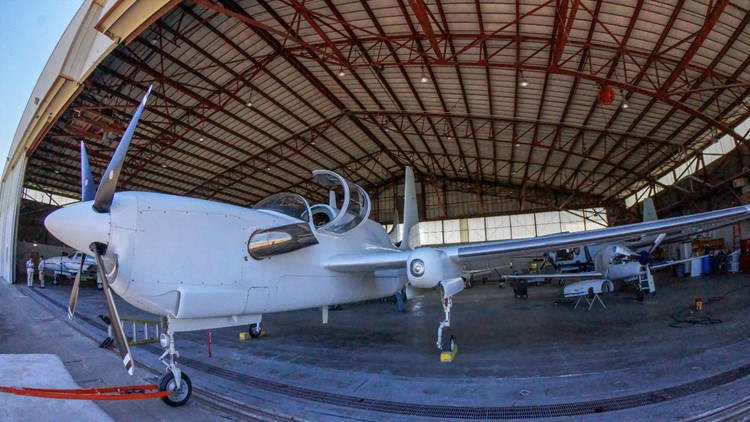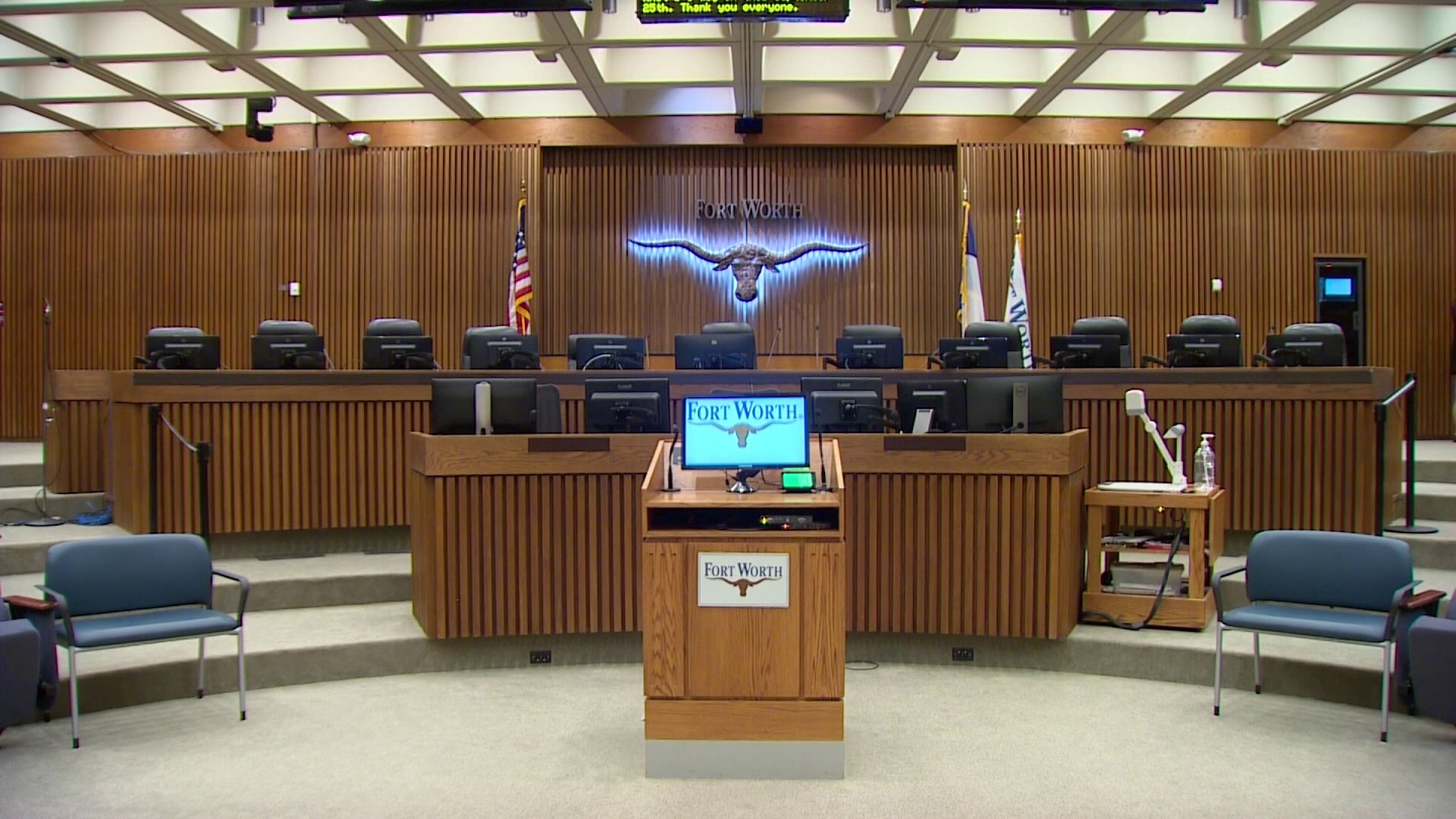There’s a spy plane flying over Denison, eighty miles north of Dallas. With wings nearly as long as a Boeing 737 and a huge turboprop engine, it resembles a dragonfly that just swallowed a beetle. The plane is called an Egrett. The bulge behind its cockpit, capable of storing all manner of photographic and electronic equipment, gives a clue to the aircraft’s purpose: it was built as a high altitude long-endurance surveillance platform to peer into the nations of the Warsaw Pact just after the cold war.%
Two Egretts and a covey of other planes, some bearing odd bumps and protrusions made to hold detection equipment, are housed in an unmarked hangar at a former Air Force base now known as North Texas Regional Airport outside of Denison.
More on their duties later.
On this day, the Egrett’s job is to pull, not peer. With its powerful turboprop engine, it is towing a glider into the air over Denison. A purpose-built towing apparatus has been installed on the Egrett’s tail just for this mission.
“Nobody has ever done this before,” the Egrett’s pilot Arne Vasenden told me. “We don’t know what will happen if we hit some very turbulent air.”%
Later this summer, the aircraft could encounter some extremely rough air. Flying over far southern Patagonia, the spy plane will haul an exotic lightweight glider called Perlan to the beginning of an ascension that could lift it higher than any nonpowered aircraft has ever flown. Fifteen miles.
The Egrett has a pressurized cabin and has flown to 52,000 feet, an altitude nearly three miles higher than most commercial airliners. Plans are for the Perlan to release from the Egrett at about 40,000 feet, where the glider will take advantage of unique meteorological conditions that occur over the southern Andes in the winter. Like all gliders, it will depend on a wave of air coming over the Andes to help it gain altitude. This is called a mountain wave, and can reach the upper levels of the troposphere, the earth’s lowest atmospheric layer. Mountain waves can only go so high, however, because the stratosphere, the atmospheric layer above the troposphere, contains warm air that limits their upward reach. %
Enter the Polar Vortex. In winters in south Argentina, the Polar Vortex generates winds of up to 250 miles per hour, which allow mountain waves to pierce the stratosphere. Perlan will ride the winds into the stratosphere, it is hoped.%
As it rises into the stratosphere, Perlan will be collecting data on the chemical composition of the upper atmosphere as well as the Polar Vortex, which broadens the expansion of the ozone hole over the southern hemisphere each winter.
Flying this high without an engine, subjected to the stress of high altitude winds, is all uncharted territory, says Jim Payne, a former Air Force test pilot, who will fly the Perlan. Although computer models predict how the wings and fuselage will flex, only real flight can prove how the components will work together, so the glider will edge upward in successive flights until it reaches its ultimate goal of 92,000 feet.
In the meantime, the Egrett, one of only five on the planet, will go back to its day job in Denison, which is rather sophisticated in itself. The spy plane, a sister ship and a number of other reconnaissance aircraft belong to AV Experts, LLC, owned by Dr. Roberta Vesenden, a physicist and geologist. “I went from physics, into geophysics and then into remote sensing,” she says.
“With the aircraft we have and the various kinds of sensors, we develop information for oil and gas drilling, mining, facilities management, agriculture and real estate.”%
AV Experts aircraft have been called to duty after Hurricane Katrina, to catalog storm damage, during the Deepwater Horizon oil spill in the Gulf in 2010, where they mapped oil incursion into salt marshes, to the space shuttle Columbia disaster in 2003, where they tracked the debris path of the spacecraft after it disintegrated. “We gathered the information,” Dr. Vesenden says, “and a hundred analysts spotted the pieces based on what we gave them.”
Each of those assignments was a job. Perlan, Arne Vasenden says, will be an adventure.



